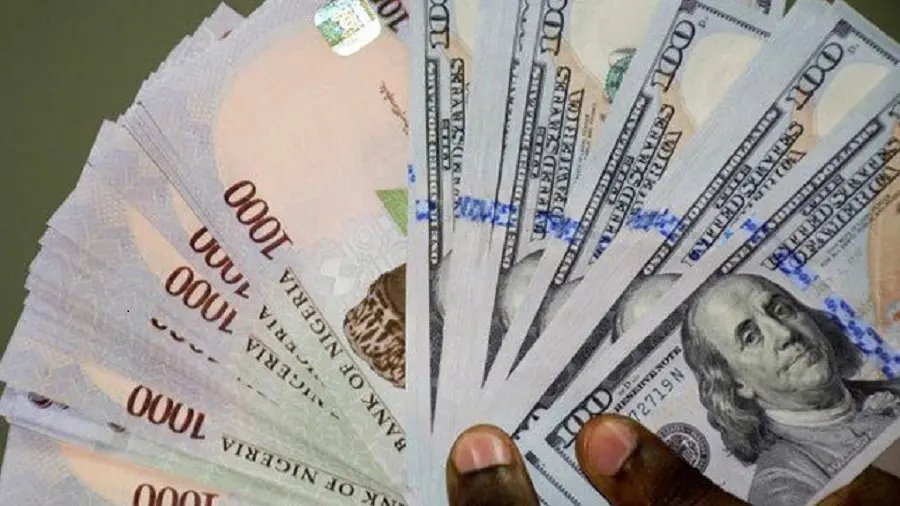Gold (XAU/USD) struggles to find acceptance above the $4,200 round figure and surrenders a major par to its modest intraday gains heading into the European session on Friday. A growing number of Federal Reserve (Fed) policymakers signaled caution on further easing amid the lack of economic data, prompting traders to trim their bets for another rate cut in December. This, in turn, is seen as a key factor acting as a headwind for the non-yielding yellow metal.
Investors, however, seem convinced that weakening economic momentum on the back of a prolonged US government shutdown could allow the Fed to ease monetary policy further. This, in turn, keeps the US Dollar (USD) depressed near a two-week low, touched on Thursday, and could support the Gold price. Apart from this, a generally weaker risk tone might contribute to limiting the downside for the safe-haven precious metal, warranting caution for bearish traders.
Daily Digest Market Movers: Gold bulls seem non-committed as reduced Fed rate cut bets offset weaker USD and risk-off mood
- The reopening of the US government shifts market focus back to the deteriorating fiscal outlook. Moreover, market participants now seem convinced that the delayed US macro data will show some weakness in the economy and back the case for further policy easing by the US Federal Reserve.
- Economists estimate that the prolonged government closure might have already shaved approximately 1.5 to 2.0% off quarterly GDP growth. This comes amid signs of deteriorating labor market conditions and fails to assist the US Dollar to register any recovery from a two-week trough.
- Meanwhile, a senior White House official said that key economic reports for October – employment details and inflation data – may not be released at all. This prompted several Fed officials to signal caution on further easing, forcing investors to trim their bets for a rate cut in December.
- Minneapolis Fed President Neel Kashkari said the economic outlook is mixed as inflation continues to run higher. Separately, Boston Fed President Susan Collins said that given the limited information on inflation due to the government shutdown, she would be hesitant to ease policy further.
- According to the CME Group’s FedWatch Tool, traders are still pricing in a 50% possibility that the US central bank will lower borrowing costs by 25 basis points in December. Moreover, the probability of a rate reduction in January currently stands at over 75%, favoring the XAU/USD bulls.
- Traders might continue to scrutinize comments from influential FOMC members for more cues about the Fed’s rate-cut path. This, in turn, will drive the USD demand and provide some impetus to the non-yielding yellow metal, which seems poised to register strong weekly gains.
Gold once again fails to find acceptance above $4,200 mark, warranting caution for bulls

This week’s breakout through the $4,150 horizontal barrier and a subsequent move beyond the $4,200 mark was seen as key trigger for the XAU/USD bulls. Moreover, oscillators on daily/4-hour chart have been gaining positive traction, suggesting that the path of least resistance for the Gold price is to the upside. Any further move higher, however, might face some hurdle near the overnight swing high, around the $4,245 region, above which the commodity could aim to reclaim the $4,300 round figure.
On the flip side, the overnight swing low, around the $4,145 region, now seems to protect the immediate downside, below which the Gold price could accelerate the fall to the $4,100 mark en route to the $4,075 zone. Some follow-through selling could expose the $4,025 intermediate support before the commodity eventually drops to the $4,000 psychological mark. The latter is likely to act as a key pivotal point, which, if broken decisively, might shift the near-term bias in favor of bearish traders.
Fed FAQs
Monetary policy in the US is shaped by the Federal Reserve (Fed). The Fed has two mandates: to achieve price stability and foster full employment. Its primary tool to achieve these goals is by adjusting interest rates.
When prices are rising too quickly and inflation is above the Fed’s 2% target, it raises interest rates, increasing borrowing costs throughout the economy. This results in a stronger US Dollar (USD) as it makes the US a more attractive place for international investors to park their money.
When inflation falls below 2% or the Unemployment Rate is too high, the Fed may lower interest rates to encourage borrowing, which weighs on the Greenback.
The Federal Reserve (Fed) holds eight policy meetings a year, where the Federal Open Market Committee (FOMC) assesses economic conditions and makes monetary policy decisions.
The FOMC is attended by twelve Fed officials – the seven members of the Board of Governors, the president of the Federal Reserve Bank of New York, and four of the remaining eleven regional Reserve Bank presidents, who serve one-year terms on a rotating basis.
In extreme situations, the Federal Reserve may resort to a policy named Quantitative Easing (QE). QE is the process by which the Fed substantially increases the flow of credit in a stuck financial system.
It is a non-standard policy measure used during crises or when inflation is extremely low. It was the Fed’s weapon of choice during the Great Financial Crisis in 2008. It involves the Fed printing more Dollars and using them to buy high grade bonds from financial institutions. QE usually weakens the US Dollar.
Quantitative tightening (QT) is the reverse process of QE, whereby the Federal Reserve stops buying bonds from financial institutions and does not reinvest the principal from the bonds it holds maturing, to purchase new bonds. It is usually positive for the value of the US Dollar.







